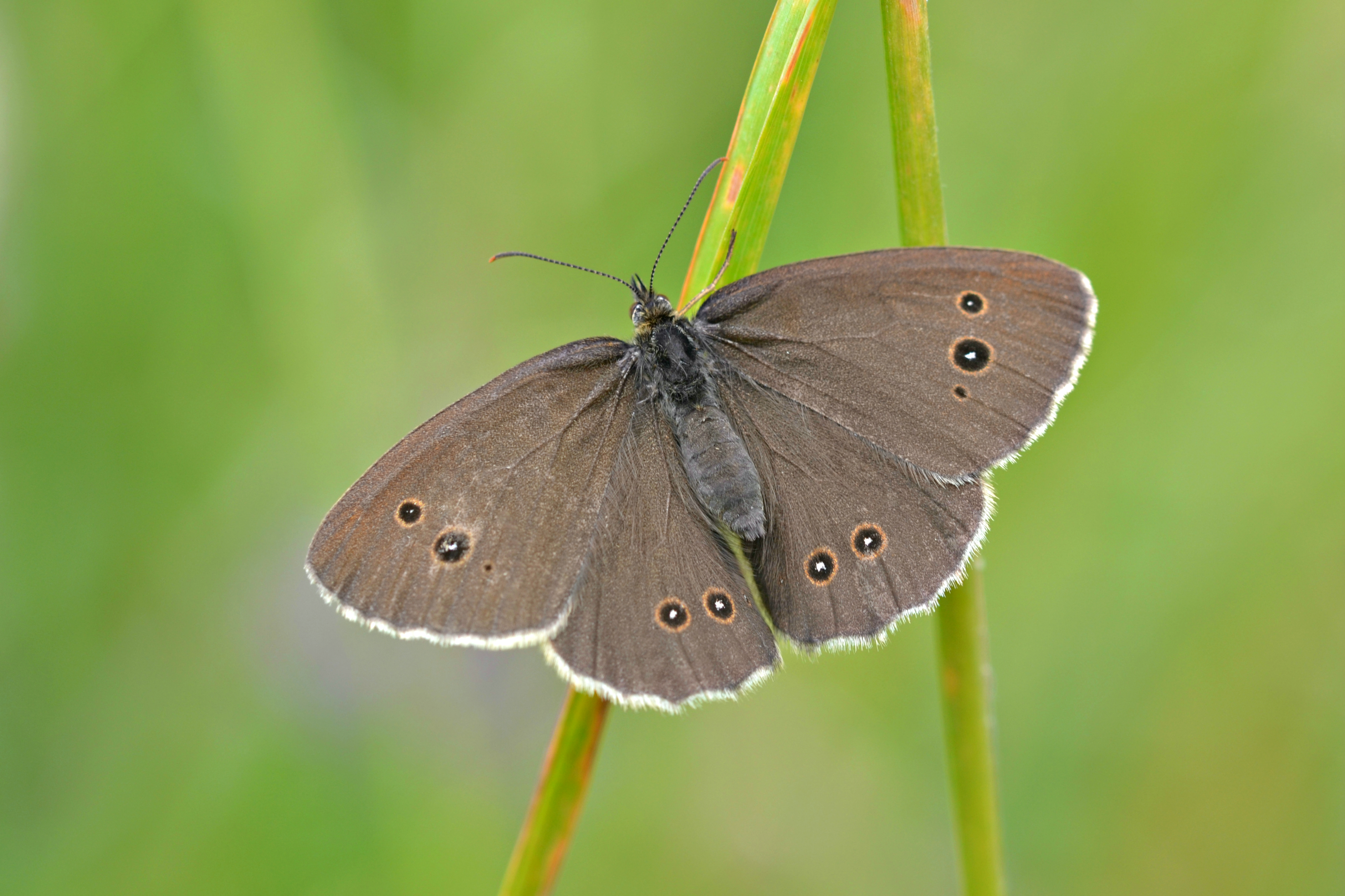A father and son team are planning to visit around 70 islands by boat in just seven days in an epic bid to count thousands of butterflies on Strangford Lough – the largest inlet in the UK and Ireland.
Independent Downpatrick county councillor Cadogan Enright, 51, and his son Cad Óg, aged nine, hope to row to 68 islands spread over 40 miles, travelling from Strangford’s Narrows to the northernmost tip of Lough Cuain, as part of this year’s Big Butterfly Count.
The Big Butterfly Count is the world’s largest butterfly survey which encourages people to spot and record common butterflies during three weeks of high summer.
The duo will launch from Delamont Country Park near Killyleagh in their trusty if slightly battered canoe ‘Prospector’ before riding the powerful tidal current northwards up the lough.
They are hoping for better luck than last year when the unexpected arrival of Hurricane Bertha put paid to their island odyssey at the half way stage.
This time around their boat has been beefed-up with additional flotation tanks to make ‘Prospector’ more able to brave the elements.
Braving blisters and biting flies they hope to reach around ten islands per day - carrying out a Big Butterfly Count on each of them.
Cad Óg helps on the quest by paddling and operating a small sail at the front of the canoe when the wind is favourable. The sail and strong tidal flow can combine to move the canoe faster than a man can run.
The lough's mainly uninhabited islands are a wildlife haven for birds, fish and mammals and boast vast clouds of butterflies like Ringlet and Meadow Brown.
Councillor Enright, explained: “The lough is an absolutely fantastic place for wildlife. We saw a lot of Small Coppers last year for the first time in the south – it will be really interesting to see if they are there again this year.
“Doing the Big Butterfly Count as part of a boating trip gives it the flavour of a 'mission' and offers a new reason for reaching the next peak and valley or the next island. It is a good way to connect with nature and to bond with the kids. It’s a bit of a holiday for both of us and we already have a few tin whistle tunes to learn in the evening.”
Cadogan’s wife Brenda will play a key part in the quest by meeting the intrepid duo at certain points to re-supply them with dry clothes, drinking water and food.
Butterfly Conservation’s Northern Ireland Senior Regional Officer Catherine Bertrand said: “It’s brilliant to see families getting so involved in the Big Butterfly Count and really taking the opportunity to go wild and explore our wonderful landscapes looking for them.
“Butterflies are really sensitive to changes in the natural world, so every single one that you see helps us tell the story of how they are faring, especially here in Northern Ireland when many parts of the country are still very under-recorded. Please help us make every butterfly count.”
Last year the Green-veined White was the most commonly seen Big Butterfly Count species for the second year running, in Northern Ireland, followed by the Small Tortoiseshell in second place and the Small White in third.
The big winner was the Peacock whose numbers rose by 244% compared with the 2013 Count. This pushed the spectacular species into fourth place – its highest ever Big Butterfly Count placing in the region.
This year’s Big Butterfly Count runs until 9 August. To take part and download a free butterfly ID sheet visit www.bigbutterflycount.org


